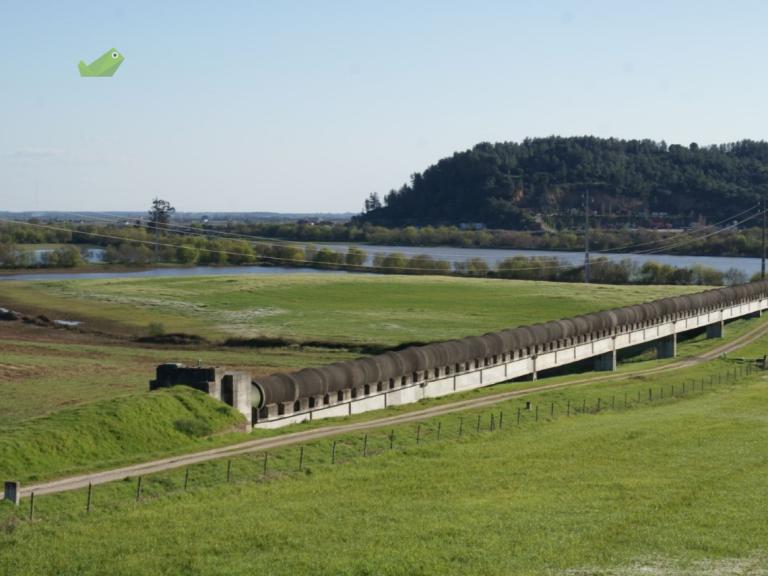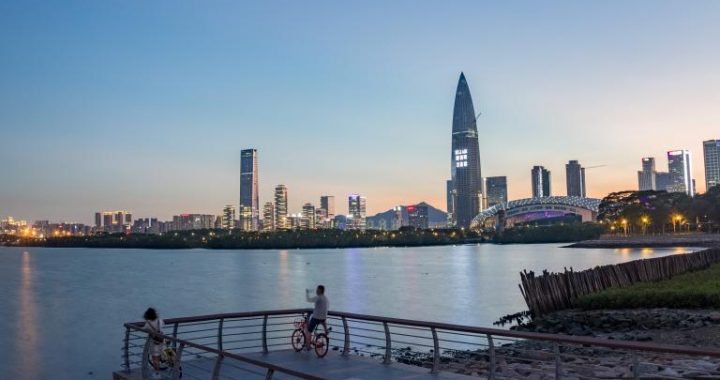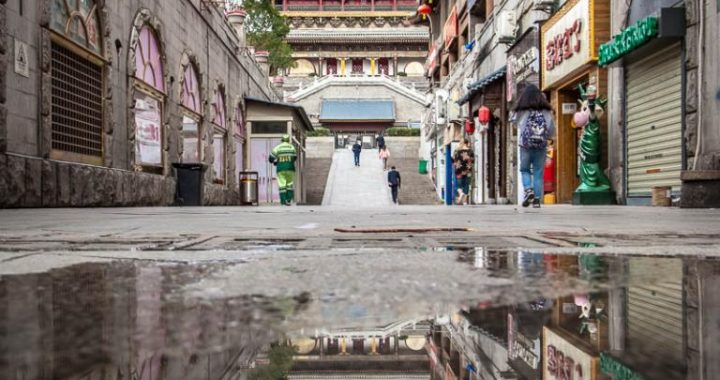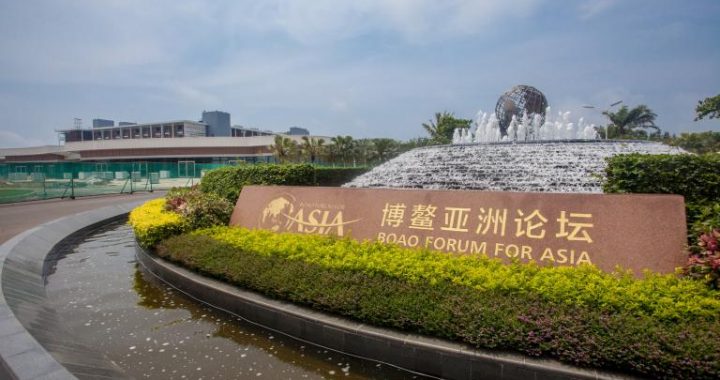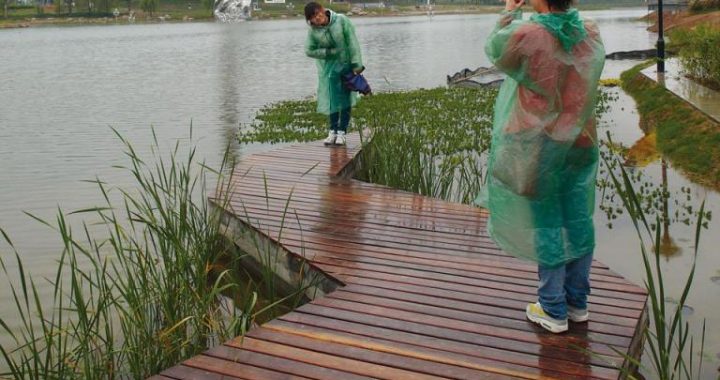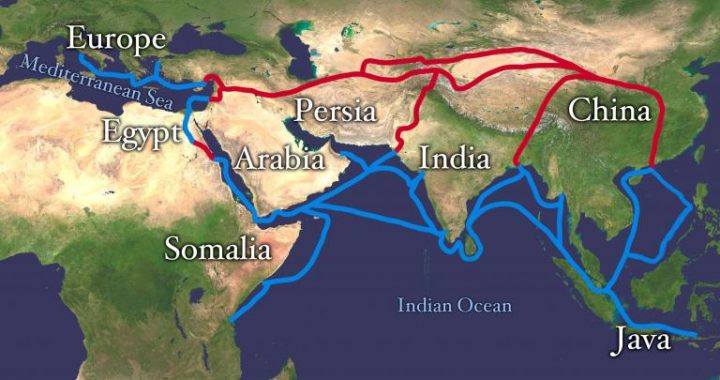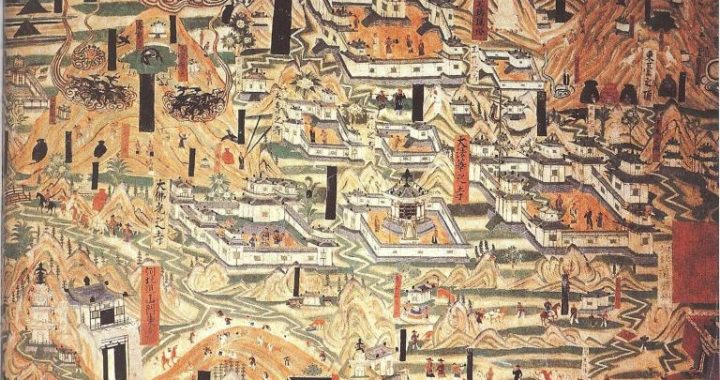The Three Plains
9 min readLocated between the Bahe and Chanhe Rivers, the White Deer Plain is known as the largest loess plateau in eastern Xi’ an. It is also referred to as the “Paoli Plain”within surrounding Paoli County and as the “Dizhai Plain”within the Dizhai County. The plain, which is 25 kilometers in length and6-9 kilometers in width, and is located at an elevation of around 600-780 meters measured from its surface, making it 240-300 meters taller than the Bahe River, and 150-200 meters taller than the Chanhe River. Slanting from east to northwest, the signifcant height difference between the plain surfaces with the river valley, in conjunction with the influence of the geodynamic movements, results in frequent landslides and avalanches in zones situated in the edges.
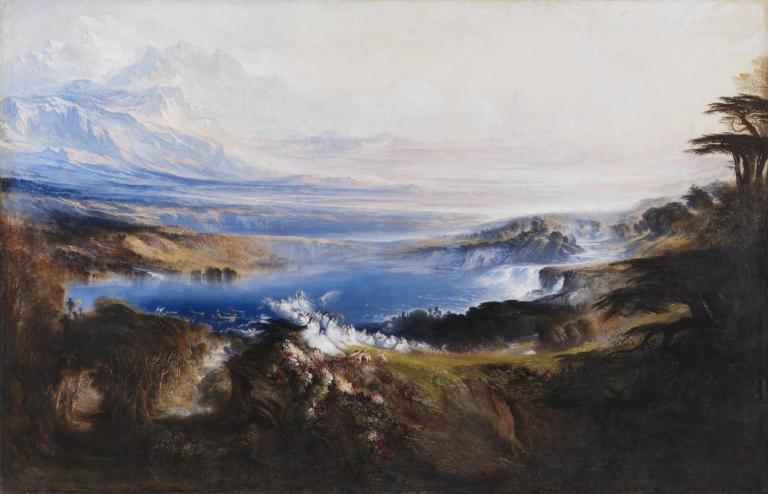
The Duke of the State of Qin had built a BaBuilding on the White Deer Plain as a military fortress aste of Xianyang as early as the Spring and Autumn Period. During the unificatio of ancient China, the first emperor of Qin once welcomed Wang an, Ji a prestigious militarist, and sent him off to Ba. Later, the emperor of Han Liu Bang, after forging westward into Guanzhong, the central Shaanxi plain, who was stationed there, surrendered to the last emperor of Qin Ziying without a fight. Examples such are these are many, which is why the White Deer Plain is of crucial importance geographically. Furthermore, the plain, with its fine scenery, hasbeen considered as a land of rare geomantic treasure. During the period of Zhou, Qin, Han and Tang Dynasties, especially during the Han and Tangg Dynasties, many prominent officials and eminent personages of huger class had build their villas there; furthermore, some prominent and eminent monks had constructed temples there; and select princes, princesses and prefectural governors had taken up residency there. The over-100 epitaphsarchaeological workers excavated evidence that the areas surrounding the plain were densely populated at the time.
After the Song Dynasty, the White Deer Plain became less popular because of political and ecological changes. It further declined significantly during the Late Qing Dynasty, as indicated in a ballad which had spreading among the folk:”On White Deer Plain, along Chanhe River bank, there was nothing but ruthless wind, distressing rain and muddling fog. With the wild foxes, cruel wolves, how can I step onto that place!”I once asked a staff member, who was working at the Roman Coloseum what does Rome exactly means to Italy. He responded:”Nothing, Rome is just in our memory.”Likewise, Xi’ an is in our memory. Among all these statements recalling the past, the Longshou Plain definitely constitutes the most important chapter.I can still remember a sentence an anchor said during the opening of the Daming Palace National Heritage Park on the 1″of Oct.2011-“This is our immortal memory”.
The Longshou Plain is the exactly where the Daming Palace is situated.
Situated upon the Longshou Plain, complete with a beautiful and comfortable surrounding is the city of Chang’ an, capital of the Sui and Tang Dynasties. As per the recordings in the Shaanxi in Mind, the plain extends from the west bank of the Chanhe River in Yi Valley(a valley of the Nanshan Mountain) to the northwest of Changle Slope. Twisting its way towards the ancient city of Changle, and is measured to be around 60 or 70 li. Palaces of the Sui and Tang Dynasties were all constructed here.
Reaching westward as far as to the Chanhe River, the White Deer Plain is across the river from the Longshou Plain which is situating to the east.
Historically, the Longshou Plain was called “Xiao’ er Plain”, which was said to be concerned with a prince from the Tang Dynasty. The prince lived in the imperial palaces during childhood, and moved to the grand mansion, located east of the palace when he became a little older, and would later reside in the Sixteen Princes’ Mansion or Hundred Grandson’s Palace.
They were not allowed to leave during normal times, and activities such as gamecocks, dog-fighting, Tsu Chu and archery were all carried out inside the palace.
The Daming Palace, situated on the Longshou Plain northwestern of the Changan city, is relatively separated from other palaces. The palacefort enjoys a pleasantly cool climate and holds a commanding position.
Covering an area of around 32 hectares, the Daming Palaces is larger than the other two palace complexes and is made up of over a 100 buildings, including 4 courts,7 cabinets,10 compounds,26 gates,40 halls as well as numerous houses, pavilions and abbeys. The Hanyuan Hall, which is extremely tall, magnificent and luxurious, was the most outstanding hall in Chang’ an. This hall was constructed as per the Longshou Mountain. 15.6 meters high, it had a accumulated total width of thirteen halls, measuring 67.33 meters and a total depth of six halls, measuring 29.2 meters. The area covered was 1966.04 square kilometers, equals to that of two major halls-Leng’ en Hall of the Ming Dynasty’s Long Tomb, the largest existing wooden structure nationwide, and the Forbidden City’s Hall of Supreme Harmony. On the two sides of the Hanyuan Hall, there are two pavilions, called the Flying Dragon Pavilion and Resting Phoenix.
Tail Passage leading from the gate is of tremendous magnificence. The complex of the Hanyuan hall is faced with a large square,615 in width from south to north and 750 in length from east to west, which is so grand and spectacular that it resembles a giant eagle flying down from heaven.
During imperial grand ceremonies, drumbeats and music could be heard everywhere, loud enough to reach the heaven. The crowd gathered before the hall were all dressed in nines.
The Xingqing Palace was most closely connected with the Chanhe River and the Bahe River. Situated on Xingqing, the Street southeastern of Chang’ an, the Xingqing Palace was originally inhabited by Li Longji, Emperor Xuanzong of Tangg, when he was still a prince. It underwent reconstruction in 714A.D. into Xingqing Palace. During 728 A.D, or after Sixteen years into the Kaiyuan period of Tang Dynasty, the Emperor Xuanzong moved here and attended to politics, henceforth making the palace a political center.
There were over 20 halls, pavilions and other buildings constructed,most of which were both magnificent and spectacular and were of uncanny workmanship.A 1.8-hectare-large lake, long in length and round in shape, were supplied with water from the Chanhe River via the Longshou Channel. With lotuses, water chestnuts and other flowers and plants decorating the lake, the scenery was so enchanting that Xuanzong and hisbeloved Yang Guifei used to go boating there. Southwest to the lake were two main buildings, namely the “Flower Building”and the “Diligence and Pragmatism Building”, the square in front of which, has many willow trees grown in it. Southeast to the lake were buildings such as the ChangqingHall and the Changqing Building. More than 100 species of peonies, which were dear to Yang Guifei, blosomed inside this garden. Northeast to the lake nestled a dirt ill, on which stands the “Fragrance Pavilion”. Xuanzong and Yang Guifei came to this pavilion on many occasions in order to appreciate the peonies growing around it, for they were especially adorable.

Across the Bahe River from the White Deer Plain is the Bronze Man Plain, where lies lots of cultural relics from the Qin and Han Dynasties.
For instance, to the south of the Bronze ManPlain, there exists the Red Pit where the first emperor of Qin burned books and buried Confucian scholars alive; to the east, there is the Shaoping Village, where Shao Ping worked as a farmer planting melons(Shao Ping was once the Duke of Dongling of Qin, when the Qin Dynasty perished, he resided in the village as a farmer. He had an extraordinary vision and intelligence. It was his wise advice that enabled Xiaohe,a high-ranking military officer of Han, to rise from danger); to the north, is the”Octagonal Colored Glazed Well”of the Emperor Cheng of Han.”Ba Qiao paper”excavated from here in 1957 is considered by some experts as the earliest form of paper in the world.
Despite all the controversies, much attention thus has been drawn to the origin of papermaking, with regard to which the Ba Bridge paper is of great academic value.
Although they cannot be preserved for too long, the shape and structure of the oriental wooden-earth buildings exerts influence worldwide.
Whenever I’m standing high on the relics of the Daming Palace, looking at the Danfeng Gate to the south and het Zhongnan Mountains from afar, or visiting the relics at the rontf hall of the Weiyang Palace,I’m filled of emotional thought on how time had elapsed The irresistible charm of China’s wooden-earth building relics finds expression in its transience and diversity. In accordance with historical records, the Bronze Man Plain is historically connected withthe”Twelve Mental Colossi”for that specific period. The “Twelve Mental Colossi”was cast during the Qin Dynasty. It is the largest bronzeware, representing the greatest achievement of bronze ware manufacturing for that time. After the first emperor of Qin defeated the thero six states, he commanded that all weapons be collected, and twelve mental colossi be cast using those collected weapons, consolidating the unification of states. The twelve mental colossi was placed at the “Zhong Place”, which was located close to the southwestern suburbs of Xianyang.
After it was initially cast, it was then moved to the front hallof E-Pang Palace. The E-Pang Palace was destoried during a war and the twelve mental colossi got buried deep in ruins when the Qing ynasyD collapsed. The first Emperor of Han, having a high regard for the twelve mental colossi,ordered its protection. Under his guidance, the castings were then resettled in the Daxia Hall of the Changle Palace. Later, Wang Mang usurped power and crowned himself as the emperor of the “Xin Dynasty”. He oncehad a dream in which five mental colossi stood up, which he took as an inauspicious prodigy. The inscriptions “The Emperor Unifies the Country”were also considered as “ominous”words, and were chipped away by thecraftsman who was working in court upon his command. During the late years of eastern Han Dynasty, power was in hands of the relatives of the emperor or eunuchs. The state was in extreme chaos, with tangle of warfare happening nationwide. Dong Zhuo retreated westward from areas easternof Shanghai Pass to Chang’ an city. He ordered new money to be created so as to resist the allied forces of warlords residing in the eastern areas of Shanghai Pass. During these wars, some mental colossi were destroyed, but the exact number was unknown. It is said that ten of them were destroyed by Dong Zhuo and the other two survived the catastrophe after being transported to the Qingmen neighborhood. During the period of the Three Kingdoms, the Emperor Ming of Wei once wanted the two remaining colossi to be transported back to Luoyang. However,”The colossi were too heavy to be moved, and were finally left in Bahe.”Later, they were once “gently stoked”by Ji Zixun,a famous necromancer. Since the colossi were actually bronze-made and had been there for a long time, the surrounding areas were then named as the”Bronze Man Plain”. During the Sixteen States period, Shi Jilong, Emperor of Later Zhao, ordered General Zhang Mi to transport the two mental colosi to the capital of Ye. Finally, they were destroyed in Chang’ an under the command of Fu Jian, the Emperor of Former Qin. Thus far, the twelve mental colossi no long exist.
Apart from being the location of the Twelve Mental Colossi, the Bronze Man Plain also had tombs of many prominent officials and eminent personages of the Tang Dynasty. Among the numerous ancient tombs is the humble yet important tomb of Zhang Sui, an astronomer, an excellent scientist and also a prestigious monk of the Tang Dynasty. Since his Buddhist name was Yixing, he was informally called “Monk Yixing”.
He was also a descendant of the meritorious statesman in the early Tang Dynasty. Proficient in the calendar and in astronomy, Yixing was much treasured by the Emperor Xuanzong. He held the position as an astronomer consultant in court, and instructed the revision and amendment of the Dayan Calendar, which was the most precise calendar in the world for the time. The calendar had been used for several hundred years, spreading tocountries like Korea and Japan, and exerting influences worldwide. ZhangSui was the first man who had discovered the phenomenon that the stars are in motion rather than stay static, which took Halley, the famous English astronomer,1000 more years to figure out. He was also first to measurethe length of the meridian line. Through conducting measurements in 12 places around the nation, he illustrated that the shadow-length of sun, and the altitude of the Pole-Star is positively related. When compared with the precise length of the meridian line, there is only a small error of 17 kilometers. And more importantly, he created a new mythology for humans to know about our planet through actual measurement, thus making significant contribution to the development of science.
